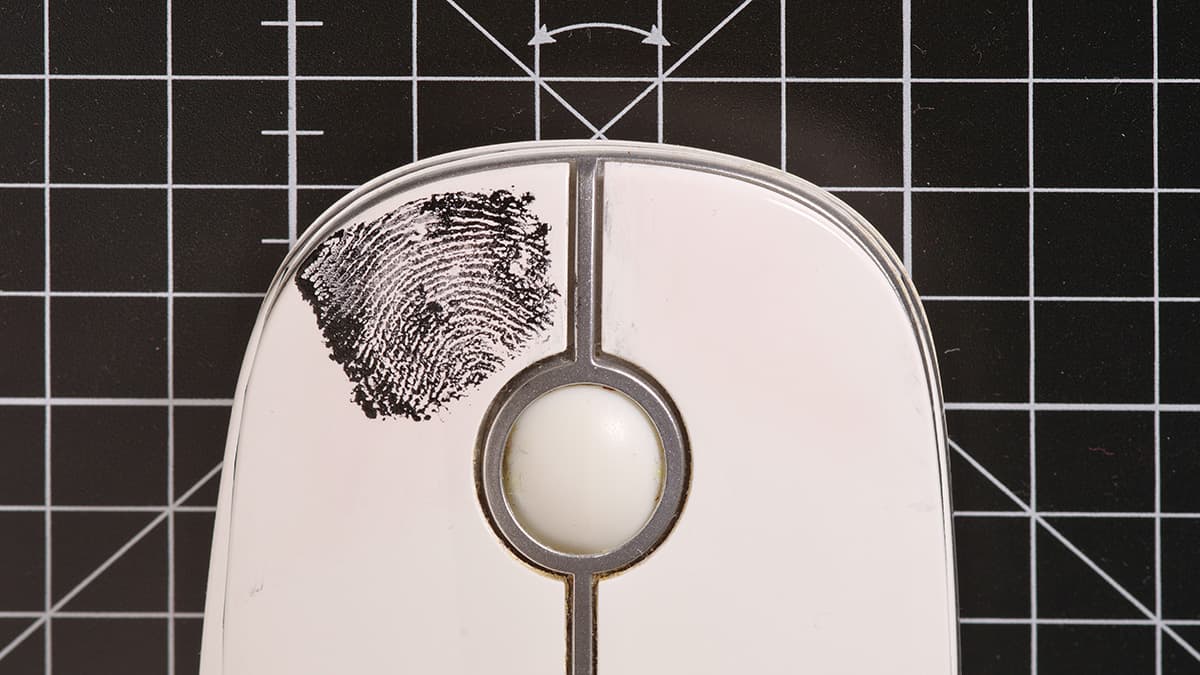This is a text automatically translated from Italian. If you appreciate our work and if you like reading it in your language, consider a donation to allow us to continue doing it and improving it.
Content index
Here we are again talking about a topic already covered many times that is fingerprint. In Italian it is literally theimport digital and when it comes to the web for fingerprint we mean our fingerprint which, just like a digital fingerprint, distinguishes us from any other person on the web.
As always, we do not want to create panic or generate anxiety but only to inform you about some existing tools that can allow a website to recognize you among all the other people. We will see, also thanks to the help of an online test, that yours Fingerprint often it doesn't change even when you use incognito browsing or when you clear your cache or start a new session.
Fingerprint: Don't overestimate testing
These tests, like all tests and as we always say, they are just tests. Don't take them at face value, don't even take them as the only point of arrival or reference or as a challenge to overcome. They help us better understand what they may be capable of Web sites (and not only) and they can also help us better understand that on the internet we are much less invisible than we think we are.
Fingerprint.com
•We chose this site to test your online digital footprint: fingerprint.com. At first glance it is certainly quite impressive to note how almost with all the Browsers there is always the same ID even after using incognito browsing or deleting all data. We have of course tested i Browsers based on how they are installed by default without evaluating any extensions or modifications.
THE Browsers on desktop which gave the best results
Two Browsers they gave us some satisfaction in this test. The first is Mullvad Browsers as thanks to its native protections it does not even allow you to generate an identifying ID. As we have already explained Mullvad Browsers it should absolutely be used “as is” without touching anything. Precisely because it is thanks to these characteristics that you will be able to blend in with the crowd 1 and this is precisely why it works even better when used along with a VPN (so that the IP also yes hide with that of others).
The other is Librewolf which, probably thanks to its default setting in about:config called privacy.resistFingerprinting and set to “true”, it allows you to mask various factors that allow the identification of your device.
AND Brave? You can read the exhaustive response from the Brave team here, we translate a rather enlightening piece of it: the approach is to use a bunch of weak heuristics, put them together in a classifier, and do an optimal match. This means that the demonstrations are impressive but it also leads to false positives. In other words, what you are seeing is not a high-confidence tracking technique, but a bot flood prevention technique.
In short, as we told you at the beginning: take the tests only for what they are and not as a point of arrival.
Firefox
As you can see it is missing Firefox. Certainly not because he's a bad guy Browsers, On the contrary. But in order to obtain decent results regarding fingerprint resistance, it is necessary to do something several changes. Librewolf And Mullvad Browsers, both Fork of Firefox (the second is actually a Fork Of Tor Browsers) have these changes already by default and for this reason we recommend installing them especially to those who do not have the time or desire to make manual changes.
This does not mean that if you are using Firefox you are making a mistake. It only means that Firefox by default does not cover this specific case and if you are not interested and if it is not in your Threat Model you can very well do without it.
And on smartphones?
On smartphones, however, it gave us satisfaction Privacy Browsers mainly because it is one of the few, and perhaps the only one, that does not automatically activate JavaScript and therefore the script to recognize you cannot work.
Conclusions
As many of you already know or will have understood, one of the best methods is to try hide in the crowd. It's basically the method of Tor Browsers and of Mullvad Browsers where it is essential not to touch any settings so as not to emerge as "different" compared to everyone else. This assumes that many people use these tools to make the crowd bigger. Other methods are certainly useful like the ones used by default on Librewolf but, although this test does not prove it, also Brave it is undoubtedly an excellent choice as regards the tools available for anti-Fingerprinting 2.
Avoid using extensions, apart from very few exceptions such as uBlock Origin or jShelter, is generally good advice. Meanwhile, to avoid increasing the attack surface. But also because the extensions installed can help make you more recognizable on the web.
Unfortunately the more you will use tools that work Well and the more complex your navigation will be and surrounded by CAPTCHAs to solve, Cloudflare blocks and so on. For this reason it is a good habit to exploit more Browsers. An example above all: you could use Mullvad Browsers for normal, daily browsing while Brave to make purchases and login.
This tag @loyal alternatives is used to automatically send this post to Feddit and allow anyone on the fediverse to comment on it.
Join communities
If you have found errors in the article you can report them by clicking here, Thank you!







